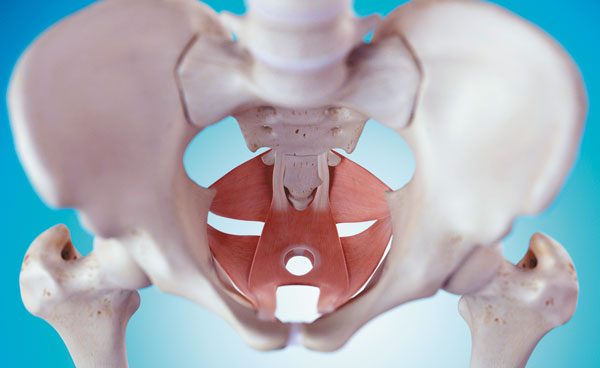Kegel exercises to strengthen pelvic floor muscles have long been seen as just for women, but they may be a way for men to address some common unpleasant issues as they age.
“Men also can have issues with these muscles, which can cause urinary leakage, bowel trouble, and even erection problems,” says physical therapist Celia Brunette, with Harvard-affiliated Spaulding Rehabilitation Center.
The pelvic floor
The floor of your pelvis is made up of thin layers of muscle and other tissues that stretch like a sling from your pubic bone to your tailbone. Its primary job is to support the abdomen, bladder, and colon and help maintain control over urination and bowel movements. In men, these muscles also are activated during erection, orgasm, and ejaculation.
“Men can have one of two dysfunctions with their pelvic floor muscles—they can be either too weak or too tight,” says Brunette.
Your pelvic floor muscles weaken with age, like all muscles, but can also be hampered by bladder, bowel, or prostate surgery; constipation; and chronic coughing from conditions like asthma, bronchitis, or smoking. Weak pelvic floor muscles can lead to stress incontinence, in which urine leaks when you cough, sneeze, or move in certain ways like lifting something heavy or hitting a golf ball.
Tight muscles can be a result of prolonged sitting, general muscle tension and stress, and even musculoskeletal problems in the back and hips. Tightness can trigger pelvic pain, urgent and frequent need to urinate, leakage, incomplete emptying, or straining during bowel movements. You also may suffer from pain in your low back or during and after intercourse.
A subtle movement
How do kegels work? Imagine what you would do to stop the flow of urine or to hold back gas. The goal is to contract and hold only those muscles and not rely on other muscles, like the abdomen or buttocks. The movements and sensations are more subtle than with other muscle exercises.
Kegels can be performed while lying down, sitting, or standing. A typical routine consists of a set amount of “hold” time, followed by adequate rest time between repetitions. The number of reps per session can vary from 10 to 100 depending on your need.
Brunette suggests to first consult with your doctor to make sure there are no other medical issues related to your symptoms, such as prostate problems or a urinary tract infection. If your doctor recommends kegels, he or she can direct you to a physical therapist who can evaluate your needs and design an individual program.
“The therapist can teach you how to correctly perform kegels and give you a routine to follow in terms of number of repetitions and sets, so you can then do them at home,” says Brunette.







